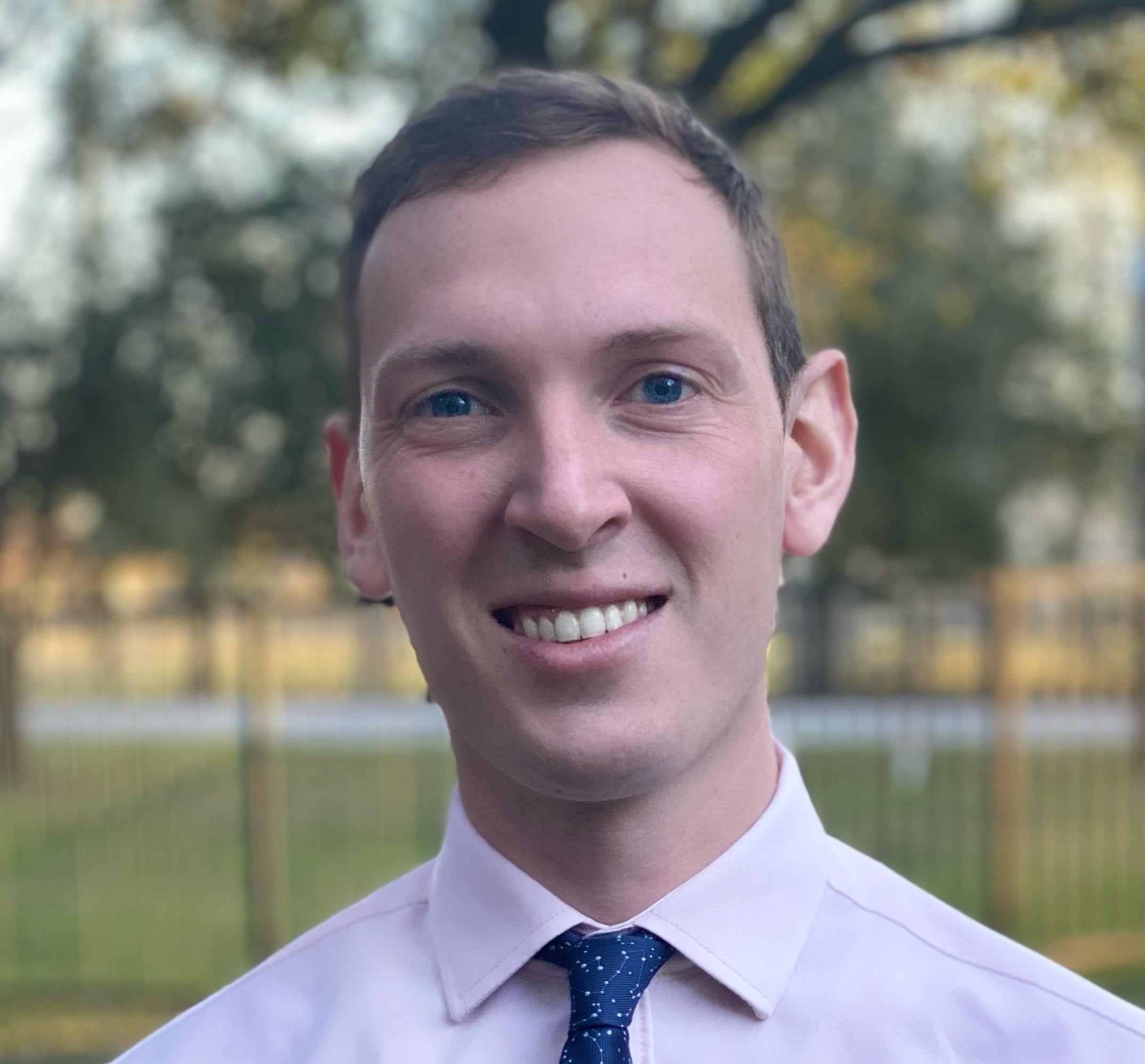Treatment - Other
Analyzing Misophonia Treatment-Seeking: A Qualitative Approach to Patient Experiences
(PS14-86) Analyzing Misophonia Treatment-seeking: A Qualitative Approach to Patient Experiences
- SS
Sarah J. Sadek, B.A.
Research Coordinator
Baylor College of Medicine
Katy, Texas, United States - SR
Servando Rodriguez-Barajas, M.S., LPC
Behavioral Health Specialist and Research Collaborator
Baylor College of Medicine
San Antonio, Texas, United States - CR
Catherine Rast, B.A.
Research Coordinator
Baylor College of Medicine
Houston, Texas, United States - ES
Eric A. Storch, Ph.D.
Professor and Vice Chair of Psychology
Baylor College of Medicine
Houston, Texas, United States 
Andrew G. Guzick, Ph.D. (he/him/his)
Assistant Professor
University of Pennsylvania
Philadelphia, Pennsylvania, United States
Author(s)
Co-Author(s)
Title: Analyzing Misophonia Treatment-Seeking: A Qualitative Approach to Patient Experiences
Sarah J. Sadek, Servando Rodriguez-Barajas, Catherine E. Rast, Eric A. Storch, & Andrew G. Guzick
Introduction: Misophonia is a condition that manifests as pronounced negative emotional, behavioral, and physiological responses provoked by specific sounds and visual cues, with human-produced oral sounds commonly acting as triggers. Individuals suffering with misophonia experience significant emotional distress, marked by elevated anger, irritation, and distress when exposed to triggering sounds. The repercussions of these symptoms impact multiple aspects of life, including social interactions, academic pursuits, and general functioning. Despite the pervasive impact of misophonia, limited knowledge exists regarding effective and evidence-based treatment approaches, which may pose significant challenges in finding knowledgeable providers capable of providing adequate treatment for this condition. The present study aims to qualitatively explore the experiences of youth with misophonia and their caregivers when finding treatment for misophonia.
Methods: Focused interviews were completed with 20 parent-child dyads. Youth (Age M (SD) = 13.45 {2.59}, R=10-17) were primarily female (80%), White (100%) and from high SES households. These results focus on experiences finding treatment. Thematic analysis was used to extract themes. After coding the data, the process consisted of two rounds of inductive abstractions. The first round identified emerging ideas in relation to seeking treatment experiences; the second assigned grouped the ideas and qualitatively coded the interviews employing a thematic analysis approach.
Results: Various themes were abstracted from the data analysis and identified; these included Lack of official recognition, Lack of general awareness, Lack of general resources, Misdiagnosis, Lack of standard treatment, Lack of official recognition, and Lack of professionals knowledgeable about misophonia. These experiences were tied to negative emotional and practical themes articulated across interviews: Frustration, Hopelessness, Invalidation, and Financial Concerns.
Discussion: Findings highlight the challenges those suffering with misophonia face when seeking out a provider familiar with misophonia, emphasizing the need to address the gaps and barriers to a successful patient journey. The identified themes align with existing literature gaps, emphasizing the pressing need for evidence-based treatment approaches and improved clinician competence with misophonia. The emotional nuances captured underscore the substantial impact of misophonia on individuals' well-being. Results further show the urgency to contribute to developing strategies for improving professional awareness, encouraging further treatment and assessment-focused research, and better support systems between providers and the misophonia community.

.png)
